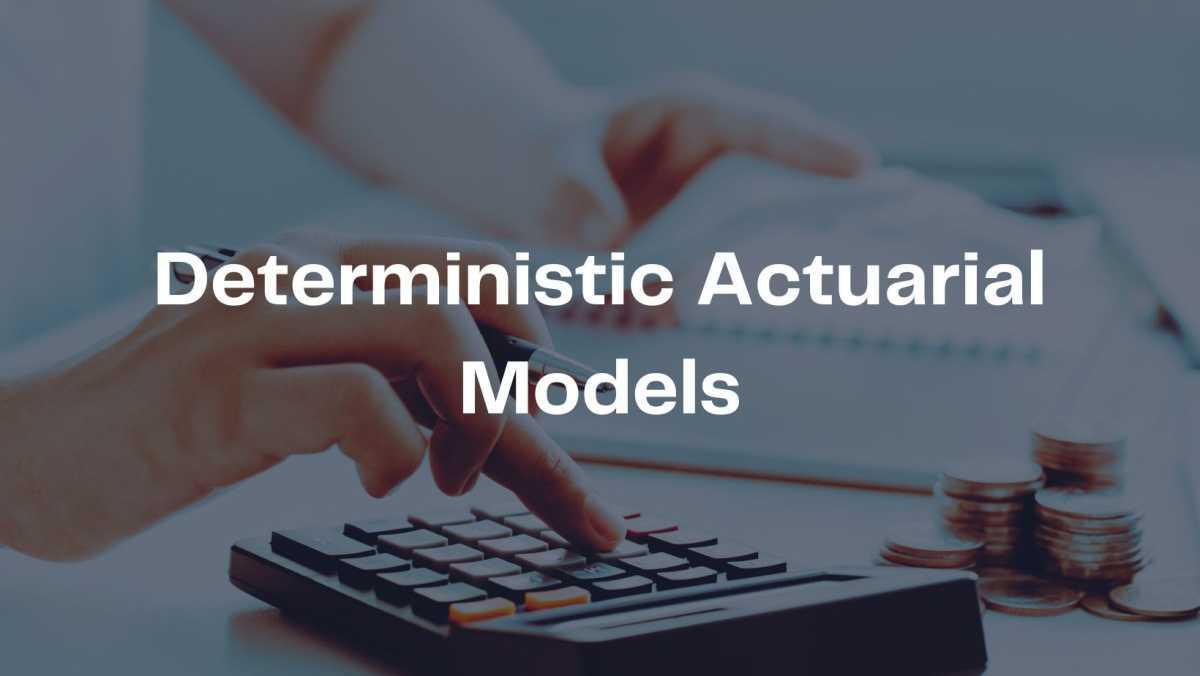- Uses fixed discount rates and assumptions to estimate liabilities.
Procedures to Conduct Deterministic Actuarial Models
Deterministic actuarial models are essential tools in the actuarial profession, allowing actuaries to project future events and assess financial risk without the complication of variable inputs. Here are the key procedures to conduct these models effectively:
1. Define Objectives and Scope
- Identify the purpose of the model (e.g., pricing, reserving, financial forecasting).
- Determine the specific outcomes you want to analyze.
2. Collect and Analyze Data
- Gather relevant historical data, including claims, premiums, and other financial metrics.
- Assess data quality and perform necessary cleaning and validation.
3. Choose the Model Structure
- Select a suitable model framework that aligns with your objectives (e.g., life tables for life insurance, loss triangles for property and casualty).
- Decide on the assumptions to be used (e.g., mortality rates, interest rates).
4. Identify Key Inputs
- Establish basic parameters such as age, gender, and policy type.
- Input other relevant factors like economic indicators.
5. Build the Model
- Utilize appropriate software tools (e.g., Excel, actuarial software) to construct the model.
- Implement the equations and logic that reflect the relationships among variables.
6. Run Scenarios
- Conduct sensitivity analyses to evaluate the impact of varying key assumptions.
- Run different scenarios to see how changes in inputs affect outcomes.
7. Validate the Model
- Check the model for consistency and accuracy against historical data.
- Review the results with peers or experts in the field for further insights.
8. Document Methodology
- Clearly record the assumptions, methodologies, and rationale behind decisions made during modeling.
- Ensure any future revisions can be conducted with the documentation as a reference.
9. Report Findings
- Prepare comprehensive reports outlining the model results, risks, and recommendations.
- Present findings to stakeholders in a clear and understandable manner.
10. Review and Revise
- Regularly review the model to incorporate new data or changes in the operating environment.
- Revise assumptions and methodologies as necessary to maintain accuracy and relevance.


